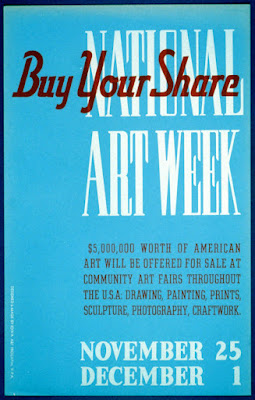
 (Baltimore Sun) ... Michael J. Lisicky's recently published book, "Hutzler's: Where Baltimore Shops," will bring back shopping bags full of memories. Those who weren't born then will wonder at what happened to such an elegant shopping destination. If this doesn't become the hottest local holiday gift this year, I'll be very surprised. It's beautifully written, obviously by someone who has an affinity for department stores, and lavishly illustrated with photographs and advertisements that recall a more genteel time, when such stores were destinations, not a place where you simply roared in for a minute, flashed your credit card and vanished into your car in the mall parking lot. Continued
(Baltimore Sun) ... Michael J. Lisicky's recently published book, "Hutzler's: Where Baltimore Shops," will bring back shopping bags full of memories. Those who weren't born then will wonder at what happened to such an elegant shopping destination. If this doesn't become the hottest local holiday gift this year, I'll be very surprised. It's beautifully written, obviously by someone who has an affinity for department stores, and lavishly illustrated with photographs and advertisements that recall a more genteel time, when such stores were destinations, not a place where you simply roared in for a minute, flashed your credit card and vanished into your car in the mall parking lot. Continued
***
I have a real knack for picking up strays, signing onto lost causes, and boarding sinking ships, so of course I worked for Hutzler's (Towson), in the mid-eighties. It was a sad time to work there and rumors abounded: "the store has been sold," "the pension fund's disappeared," "the pension fund's reappeared," "we can't get anything on consignment," "we're all getting fired tomorrow!" It wasn't fun. I felt sorry for the old timers, some of whom had worked there since FDR was president. I felt sorry for the long time customers too, I was constantly chatting up old folks with historic last names like Calvert and Gilmor, who told me some great stories. They roamed the floors, looking for something to purchase ("to support the store"), but by that time, there wasn't much worth buying.
Some of the retail tactics from that era were just flat-out weird. I remember walking onto a sales floor one morning to find all the mannequins dressed in very skimpy red lingerie. Our average female customer, at the time, could remember when camiknickers were racy. Some of those old ladies still appeared to be wearing whalebone corsets - they were Victorian not Victoria's. Sales continued to decline.
Not all the thinking was excruciatingly bad, however, the introduction of "Bawlmer Bear" brought a lot of people into the store that Christmas Season. But little Bawlmer couldn't carry the weight of the entire chain on his fuzzy shoulders. The company was also very active in finding "lease departments," outside vendors that filled in the gaps of Hutzler's ever shrinking inventory. When I was there, books, consumer electronics, stamps & coins, rugs, and maybe the bakery were all lease departments.
I'm not sure what killed Hutzler's in the end. Some say it was a classic "rags to riches to rags in three generations" story. Others say the disastrous opening of the new "Palace" store, on Howard Street, in Baltimore, doomed the entire chain. I have a feeling the simple fact that today's busy families have little time to deal with the bewildering floor plans and elusive cashiers of most traditional department stores, had a lot to do with it.
After all, the majority of regional department stores in America have either gone under or consolidated, first under the May Company or Federated, and now, just under Macy's. Like the Postal Service, it's likely just a matter of time before they all go under. Stewart's (1901 - 1983) and Hochschild Kohn (1897 - 1983) were the first two Baltimore chains to go, then Hutzler's (1858 - 1990), and finally, Hecht's (1857 - 2006).
My time with Hutzler's ended when I went to put in for my vacation: "You can't take a vacation," my boss said, "we're too busy." (The last thing we were, was busy.) "O.k.," I said, "then I'm giving my two weeks notice." A little later, the boss told me that there was, after all, room on the schedule for my vacation. "Fine," I said, "but I'm still quitting." Regardless of that episode, I still remember Hutzler's with some affection, and our Bawlmer Bear still sits on the rocking chair in the den. After leaving Hutzler's, and after my vacation (a short motorcycle trip to Georgia), I took a job in a factory - another great American lost cause. - Falmanac

Photos: Department Store History, eBay.























































